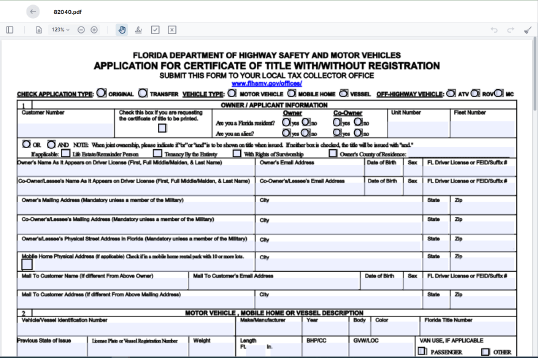What information is reported on Form 1120-T?
Form 1120-T includes sections reporting various items such as income from sources inside and outside the United States, deductions, credits, adjustments to gross income, tax due, payments, and other relevant information for trusts and estates.
What is the definition of a 501(c)(3) organization?
A 501(c)(3) organization refers to a charitable, religious, educational, scientific, or literary nonprofit organization as defined by section 501(c)(3) of the Internal Revenue Code. These organizations are exempt from federal income tax and may receive tax-deductible donations.
What is the purpose of Supplemental Information in Form 990?
The Supplemental Information section of Form 990, also known as Schedule R, is designed to provide additional information about the organization's programs and activities. It allows organizations to provide more context on their operations beyond what is required in Part II.
What are the three main parts of the Form 990?
The three main parts of the Form 990 are: (1) Part I, which gathers information about the organization's governance, such as its officers and directors; (2) Part II, which covers financial data related to the organization's income, expenses, assets, liabilities, and net assets; and (3) Part III, which involves reporting on the organization's programs, activities, and compensation of certain employees.
What is the public inspection requirement for 501(c)(3) organizations?
Under section 501(c)(3) of the Internal Revenue Code, 501(c)(3) organizations are required to make their tax-exempt application and supporting documents available for public inspection. This requirement ensures transparency and accountability for the organization's activities.
What is a qualified trust?
A qualified trust is a trust exempt from federal income tax under section 501(c)(3) of the Internal Revenue Code. These trusts are typically created for religious, educational, charitable, scientific, literary, or other similar purposes.
Which organizations are required to file Form 1120-T?
Trusts and estates having an unadjusted gross income of more than $600 during the tax year are required to file Form 1120-T.
What is Form 1120-T used for?
Form 1120-T, U.S. Income Tax Return for Certain Trusts and Estates, is used to report income, deductions, credits, and payments for trusts and estates that are required to file an income tax return.
What are some common mistakes made by trust filers while preparing Form 990?
Some common mistakes made by trust filers while preparing Form 990 include: (1) Failure to report accurate information about the organization's finances and activities; (2) Missing or incomplete documentation in Part I, II, or III; (3) Inadequate
What are some common deductions for trusts and estates?
Common deductions for trusts and estates include income received in exchange for services, distributions to beneficiaries, deductible expenses for administering the estate or trust, and charitable contributions. However, the rules can be complex and may depend on the specific circumstances of each case.
What are the deadlines to file Form 1120-T?
Form 1120-T is generally due on April 15 of the year following the trust or estate's taxable year. However, if the trust or estate is a fiscal-year taxpayer, the return is due on the 15th day of the fourth month following the end of its fiscal year.
What is a trust or estate?
A trust is a legal arrangement where one party, called the trustor, transfers assets to another party, called the trustee, to manage and distribute those assets for the benefit of a third party, called the beneficiary. An estate refers to the assets of a deceased person that are managed and distributed according to the decedent's will or the laws of intestacy if there is no will.
What is the Form 990 series?
The Form 990 series is a set of IRS tax return forms that apply to various types of nonprofit organizations, including 501(c)(3) organizations. The Form 990 is used to report information about the organization's financial activities, governance, and programs.
What is the difference between a 501(c)(3) organization and other nonprofit types?
The main difference between a 501(c)(3) organization and other nonprofit types, such as 501(c)(4) or 501(c)(22), is that 501(c)(3) organizations are limited to specific charitable, religious, educational, scientific, or literary purposes, whereas other nonprofit types may engage in any lawful activity. This distinction determines their tax-exempt status and the extent of their fundraising opportunities.

